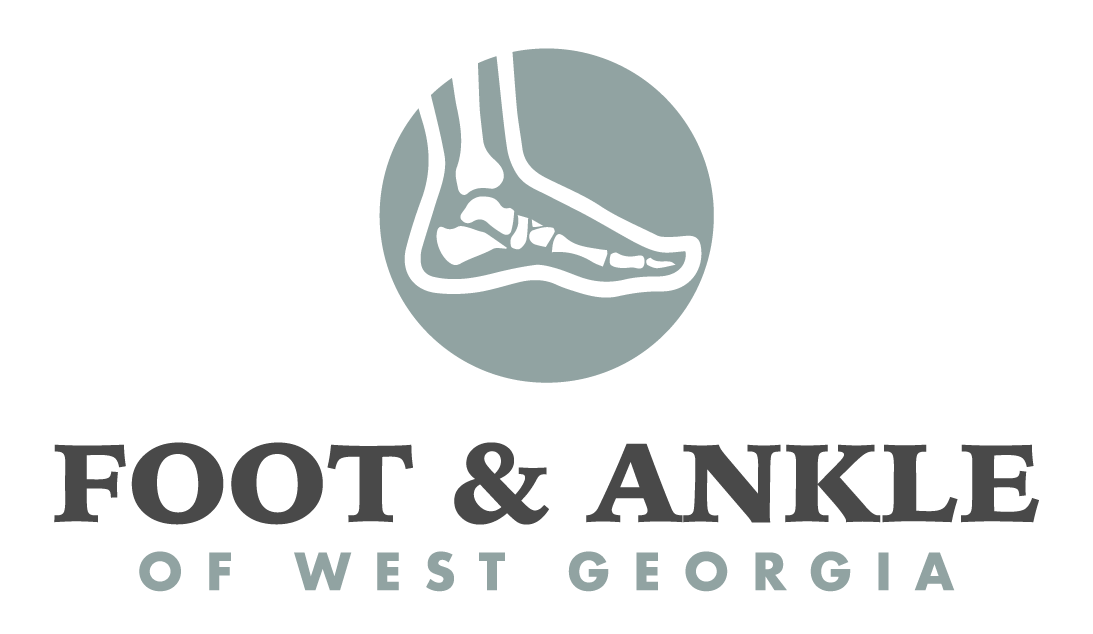When Should I Replace My Athletic Shoes?
Our active podiatry patients come in with foot pain and injuries due to broken down athletic shoes. Such injuries include: plantar fasciitis, tendinitis, stress fractures, Achilles tendon issues, shin splints, etc. When athletic shoes should be replaced depends upon the amount of usage, signs of wear and age of the shoe. The four main components of an athletic shoe that can break down or wear out: outer sole, midsole, heel counter and shank or cut out area of the shoe.
The outer sole material is made of a carbon rubber, which is meant to be very abrasion resistant. Some athletic shoes will have a harder and more resilient rubber at the heel of the shoe since this is where most of the wear will occur. Once the outer sole has worn through to the midsole, or there is more than 4 mm difference from the other side of the heel, the shoe should be replaced.
The mid-soles are normally composed of a foam material: Ethylene Vinyl Acetate (EVA), Polyurethane (PU) or a blend of both materials. The midsoles are intended to be shock absorbing, and in some shoes, serves to control excessive foot motion. After a certain amount of repetitive load is placed on the midsole it will compress and not rebound, absorb shock or control the foot as well as it did when new. In some cases, the midsole can deform and compress unevenly which can create an alignment change of the foot. This can lead to over-use type injuries.
Midsole should be considered worn out when:
After 300-500 miles of running or walking, 45-60 hours of basketball, aerobic dance or tennis.
Shows signs of unevenness when placed on a flat surface.
Display noticeable creasing.
The heel counter of the shoe helps hold the heel on top of the midsole and prevents excessive heel motion. The heel counter should be considered broken down when it feels flexible when compressed side to side, or appears to deviate to one side when viewing from the rear of the shoe.
The shank or mid cut area of the shoe can fatigue with use. This area of the shoe should be inspected periodically.
Even without use, shoes can “wear out.” Depending upon the environment the shoes are kept in; the outside, mid sole and some of the upper materials can dry out and not function optimally. Therefore, it is best to replace athletic shoes that are over a year old whether they are worn out or not.
Replacing athletic shoes when necessary may be costly in the short term, but will prevent injuries and keep you active in the “long run.”
Michael A. Schreck, DPM, FACFAS
(Ref: American Academy of Podiatric Sports Medicine)

